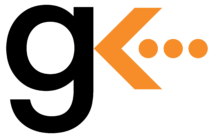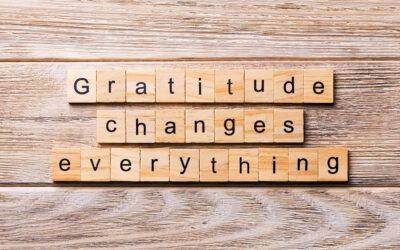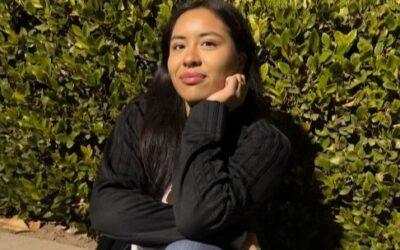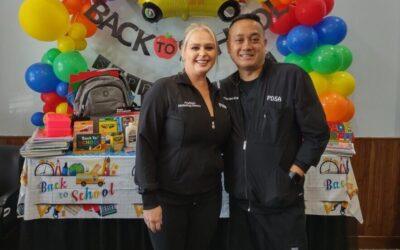There are scholarships. There are mentoring programs. Give Something Back is both. Since 2003, Give Back has grown from one county to seven states. Our staff from three regions recently discussed best practices, collaboration, and the encouragement of organic growth of mentoring programs at the 2021 National Mentoring Summit. The presentation detailed how to adapt regional mentoring and scale a scholarship model nationally.
At the beginning, our scholarship was only for students who attended Lockport High School, our founder’s alma mater. On average, roughly a dozen students were able to benefit from the scholarship in the early stages. In 2012, our College Partner Program model was developed, offering a significant upfront capital contribution of $1 Million in exchange for 150 seats that paid for tuition, fees, room and board for 4 years for Pell-eligible students. While this is a large donation, it does not actually pay for all the costs. Our partner colleges match our contribution and fill the tuition gaps. Why? Because we mentor our scholars throughout high school and prepare them to succeed in college. The model allowed us to create more college pathways, but it also allowed us to expand from one high school in one county to multiple states.
Our program and model have changed over the years. We found it crucial to adapt to meet the diverse needs of each of the regions we work in. For example, our mentoring program’s focus in the Midwest is to provide students with a mentor who has graduated or is in the process of completing college. Mentors are asked to communicate at least twice a month and commit to a relationship throughout high school with their mentees. In contrast, in the Mid-Atlantic, we form partnerships with CBOs and High Schools with vital mentoring programs and we recruit from these programs. Our high school and CBO partners host monthly mentor meeting both to support our scholars and allow them to form the bonds to support each other. Give Back staff develop a monthly mentor curriculum for these meetings and one staff member attends the mentoring sessions every few months.
When the COVID-19 pandemic started, we were devastated and placed in a position to adapt once more. We continued to offer events and our time in a virtual environment. Our first step was to provide virtual office hours for our students. This occurred twice a week and allowed our students to “drop-in” to talk with staff and each other. In the fall semester, we also scheduled one-on-one video meetings with high school students. Overall, communication has increased with our students. We added additional student resources online and adapted the application process for a virtual environment.
We aim to continue changing lives with our program. But, when we look to what is next for Give Something Back, we think of our students. Having helped more than 1500 families over the years, we know that we can do more. We want to continue to expand and potentially modify our program to increase our student population. We are looking to other states, finding like-minded partners, and learning as much as possible to assist, support and guide. We want to look at other avenues of success for our scholars, whether trade school, community college, or a 4-year degree.
—
To view our entire presentation, check it out on YouTube.





